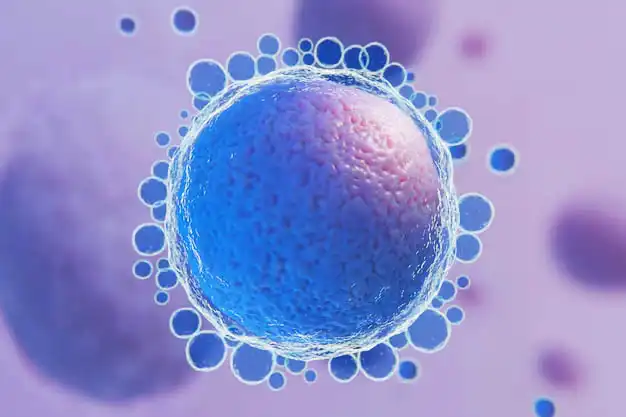 11 Link Road, Lajpat Nagar,
Jalandhar City
11 Link Road, Lajpat Nagar,
Jalandhar City
The cutting-edge method known as blastocyst culture and transfer is used in assisted reproductive technology (ART), in which embryos are grown in a lab until they reach the blastocyst stage and then placed into the uterus of a woman. An embryo usually develops according to a set schedule. After fertilization, a healthy embryo typically reaches the blastocyst stage by day 5 or 6. A blastocyst is a more developed and mature embryo that has a distinct cell structure, a cavity filled with fluid, and both. Our expert embryologists carefully monitor the development of the embryos throughout this prolonged culture phase and choose the most viable blastocysts to implant into the woman's uterus.
In order to maximize the likelihood of a successful conception and pregnancy, our fertility center places a high priority on offering the most cutting-edge and practical procedures. Together with our committed fertility professionals, the decision to pursue Blastocyst Culture and Transfer is made with the goal of achieving the best results possible for each person's particular reproductive journey.


By letting embryos grow to the blastocyst stage, it is possible to assess their quality and likelihood of a successful implantation more accurately.

The likelihood of a successful pregnancy may rise if a blastocyst reaches this stage because it is more likely to be chromosomally normal and have superior implantation potential.

It is possible to transfer fewer embryos while keeping success rates high by choosing the most viable blastocysts for transfer.

By transferring more robust and fully grown embryos, the enhanced embryo selection from blastocyst culture and transfer may result in increased pregnancy success rates.

By transferring embryos at the blastocyst stage, one can potentially improve the synchronization between the embryo's developmental stage and the uterine environment, as this is closer to the natural timing of embryo arrival in the uterus.

If a blastocyst transfer goes well, fewer, higher-quality embryos might be needed for the transfer, which would lessen the requirement for cryopreservation of extra embryos.

By simulating the natural course of embryo development, allowing embryos to develop to the blastocyst stage in a lab setting improves their preparedness for implantation in the uterus.

By allowing for a more precise evaluation of embryo quality, blastocyst culture may reduce the likelihood of transferring embryos with poor implantation potential.

Choosing embryos at the blastocyst stage may raise the likelihood of live births since these embryos are more likely than earlier-stage embryos to successfully implantation, which improves pregnancy outcomes.
In this method, embryos created by IVF or ICSI are allowed to grow in a lab incubator for an extended period of time, usually until they reach the blastocyst stage.
The development and growth of the embryos are frequently seen and evaluated. A more advanced developmental stage is said to be reached by those who reach the blastocyst stage.
Throughout the prolonged culture time, the embryologists can judge the quality of the embryos by looking at how they look and how quickly they are developing. As a result, the most viable blastocysts can be chosen for transfer.
The woman's uterus receives the transferred blastocysts. Usually, this process is carried out on days five or six of the embryo's growth.
Aarti Hospital 2025. All rights reserved.